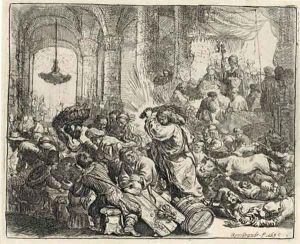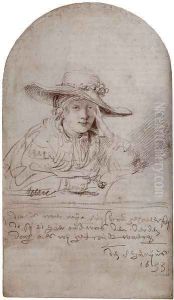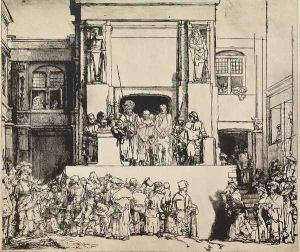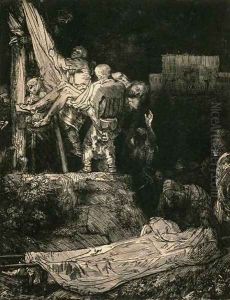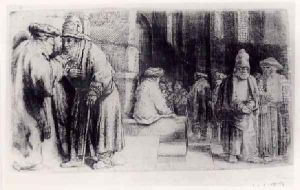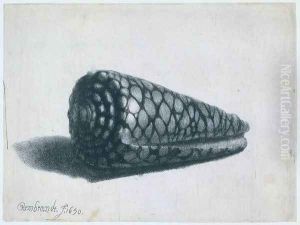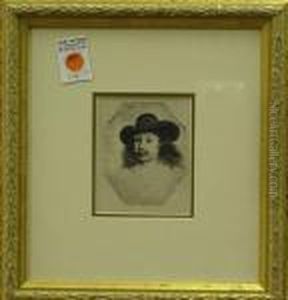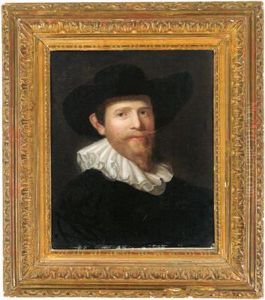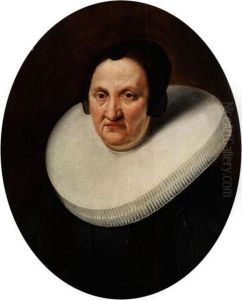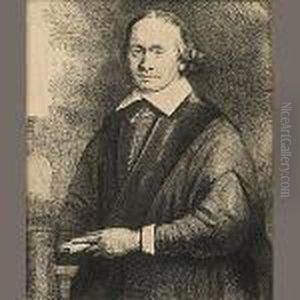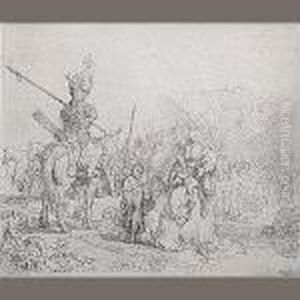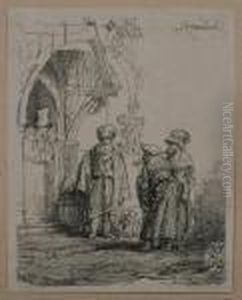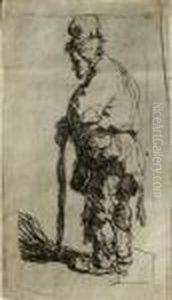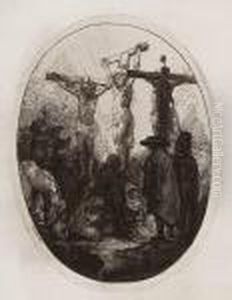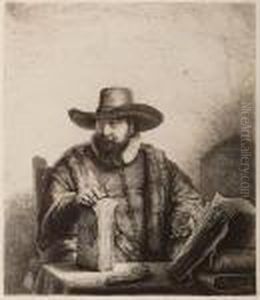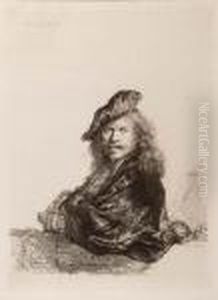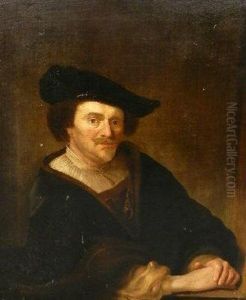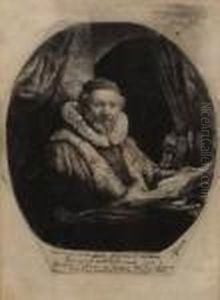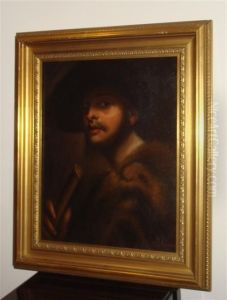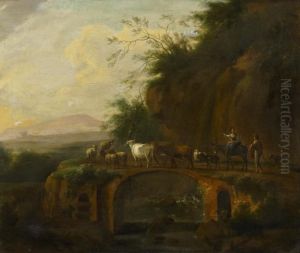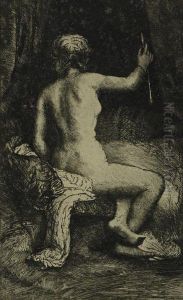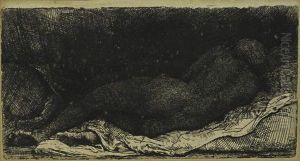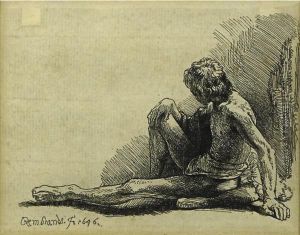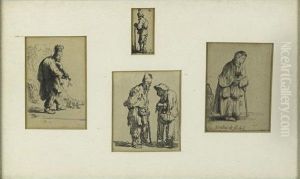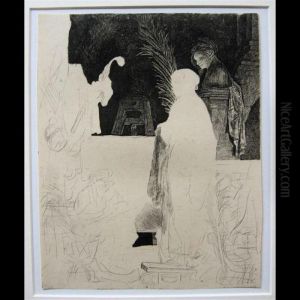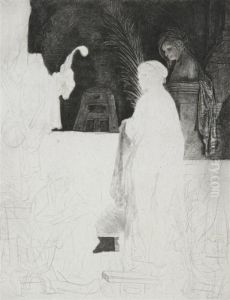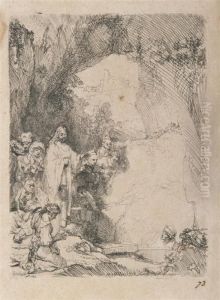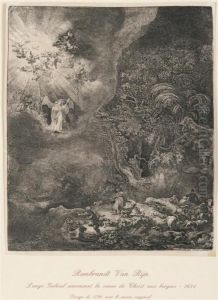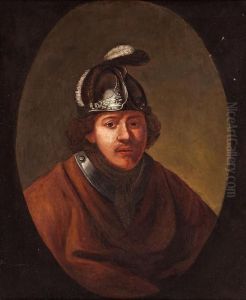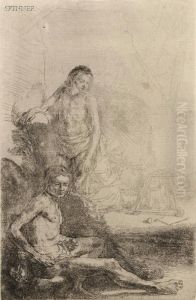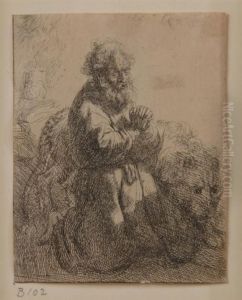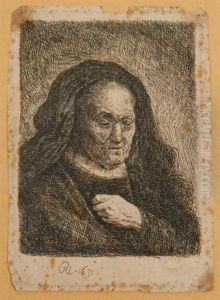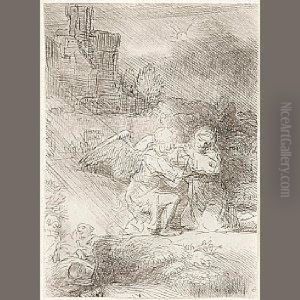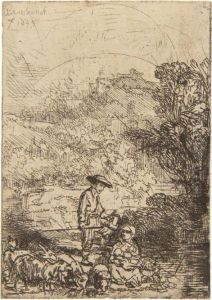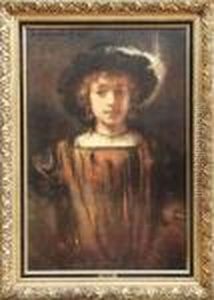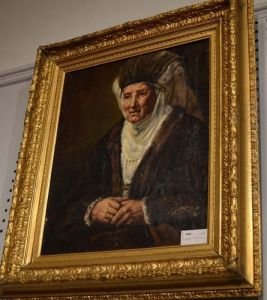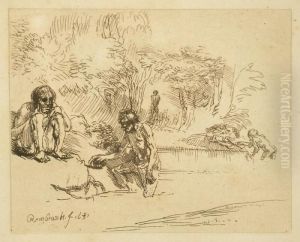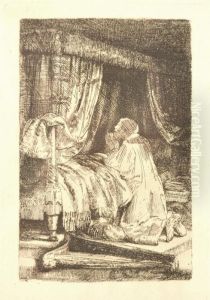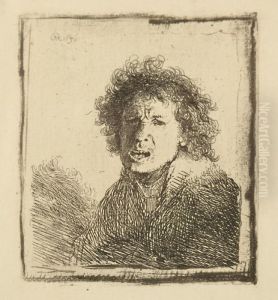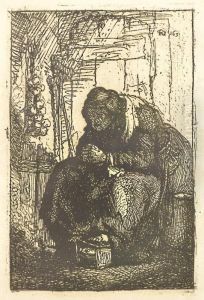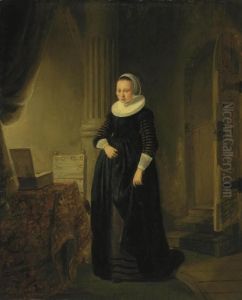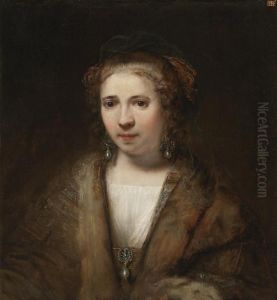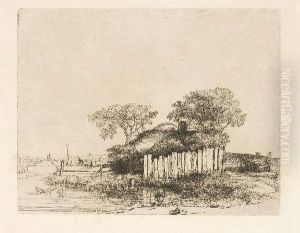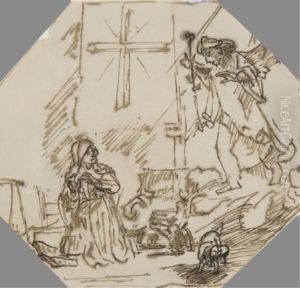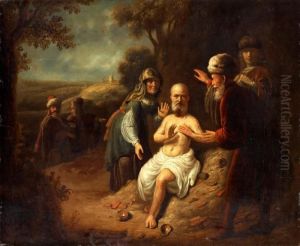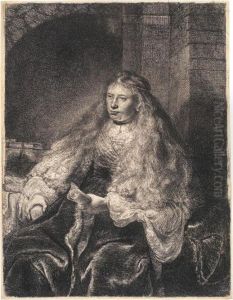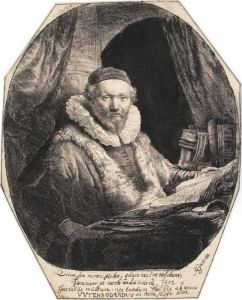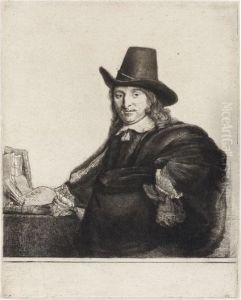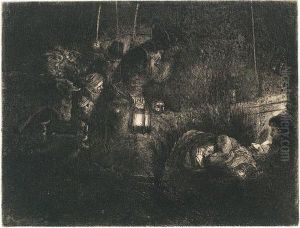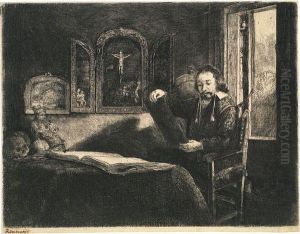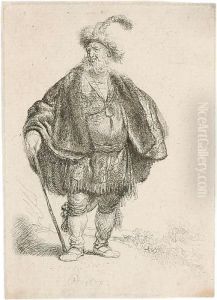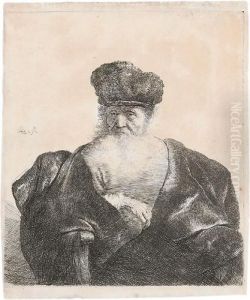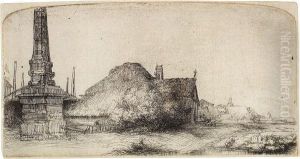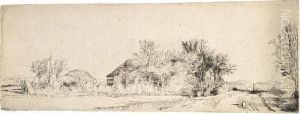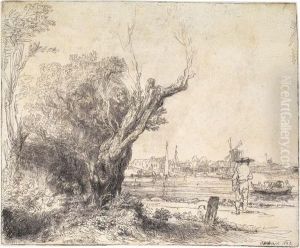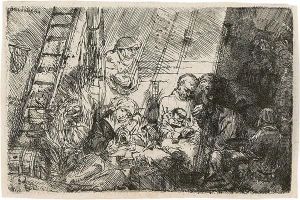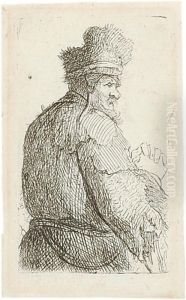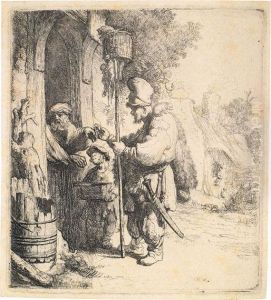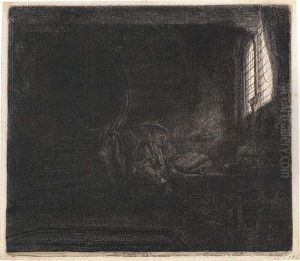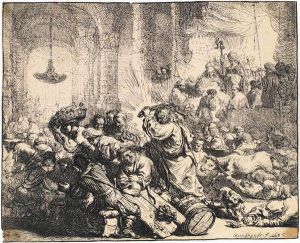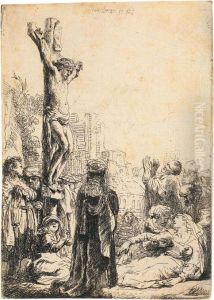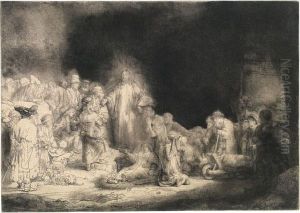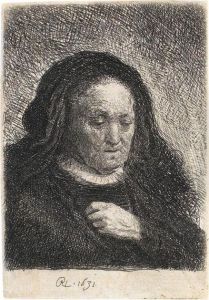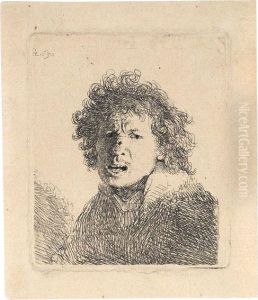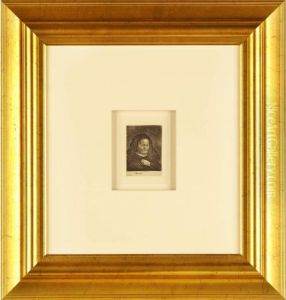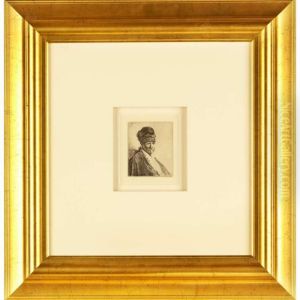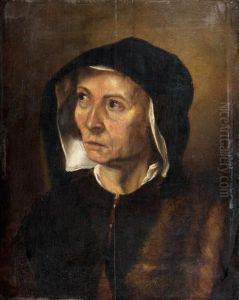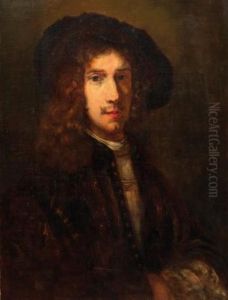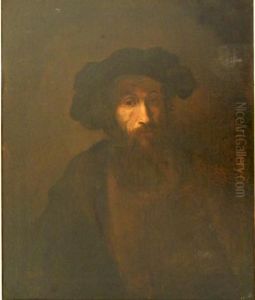Rembrandt Van Rijn Paintings
Rembrandt Harmenszoon van Rijn was a Dutch draughtsman, painter, and printmaker. Born on July 15, 1606, in Leiden, Netherlands, Rembrandt is generally considered one of the greatest visual artists in the history of art and the most important in Dutch art history. His contributions to art came in a period of great wealth and cultural achievement that historians call the Dutch Golden Age, during which Dutch art (especially Dutch painting), although in many ways antithetical to the Baroque style that dominated Europe, was extremely prolific and innovative.
Rembrandt's early years were spent in Leiden, where he was apprenticed to history painter Jacob van Swanenburg for a few years. After completing his apprenticeship, he briefly studied under Pieter Lastman in Amsterdam, who was known for his historical paintings and likely helped Rembrandt develop his taste for biblical and mythological themes. He then opened a studio in Leiden, which he ran with his friend Jan Lievens. In 1631, Rembrandt moved to Amsterdam, where he achieved great success as a portrait painter to the wealthy merchants and notable citizens.
He is known for his self-portraits, a subject he returned to throughout his career, and for his use of light and shadow to create depth and emotion in his work, a technique known as chiaroscuro. His paintings, etchings, and drawings exhibit not only a profound humanity but also a unique handling of pigment and innovative brushwork that would influence countless artists after him.
Despite his early success, Rembrandt's later years were marked by personal tragedy and financial difficulties. He never recovered from the death of his wife Saskia in 1642 and later, his son Titus and his long-term partner Hendrickje Stoffels also died. His extravagance led to bankruptcy in 1656, forcing him to sell his house and his large collection of art and antiquities. The artist spent his final years in relative obscurity, working on commissions for much smaller groups of art lovers.
Rembrandt's legacy lies in his ability to portray a wide range of human emotions with empathy and honesty, which is especially evident in his portrayals of biblical scenes. His work has had a lasting impact on both his contemporaries and generations of artists to come. He died on October 4, 1669, in Amsterdam, but his works continue to fascinate art lovers and remain pivotal in the understanding of the Baroque period in the Netherlands.
